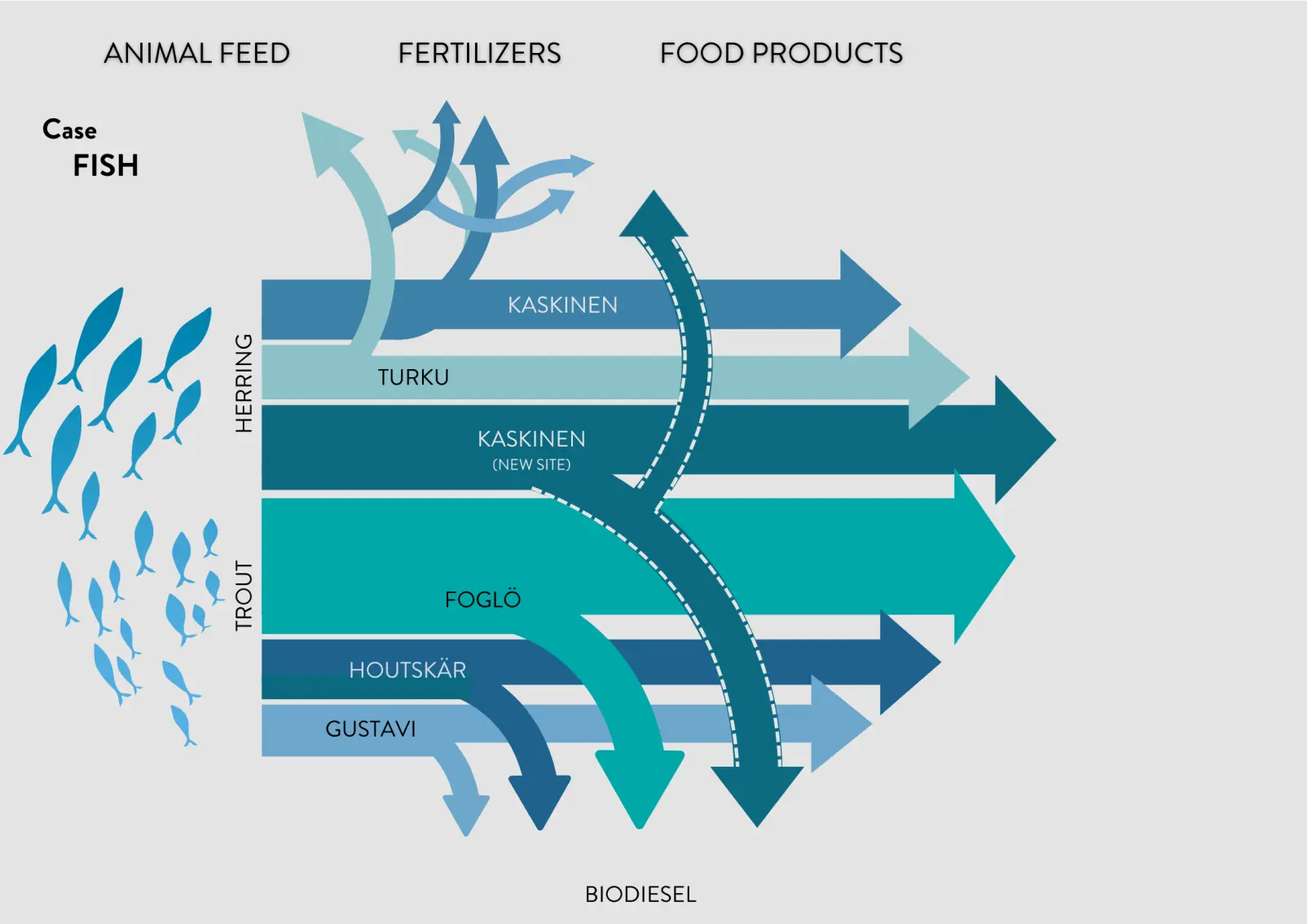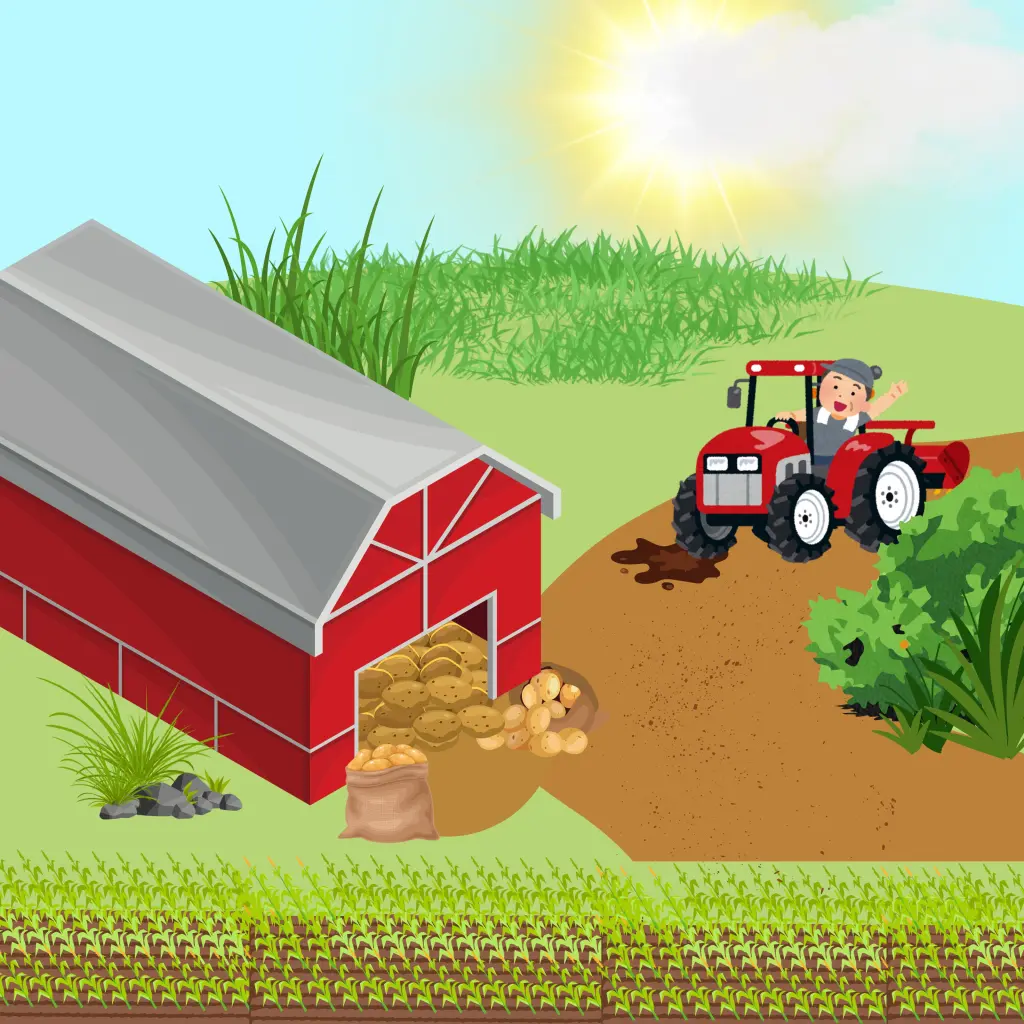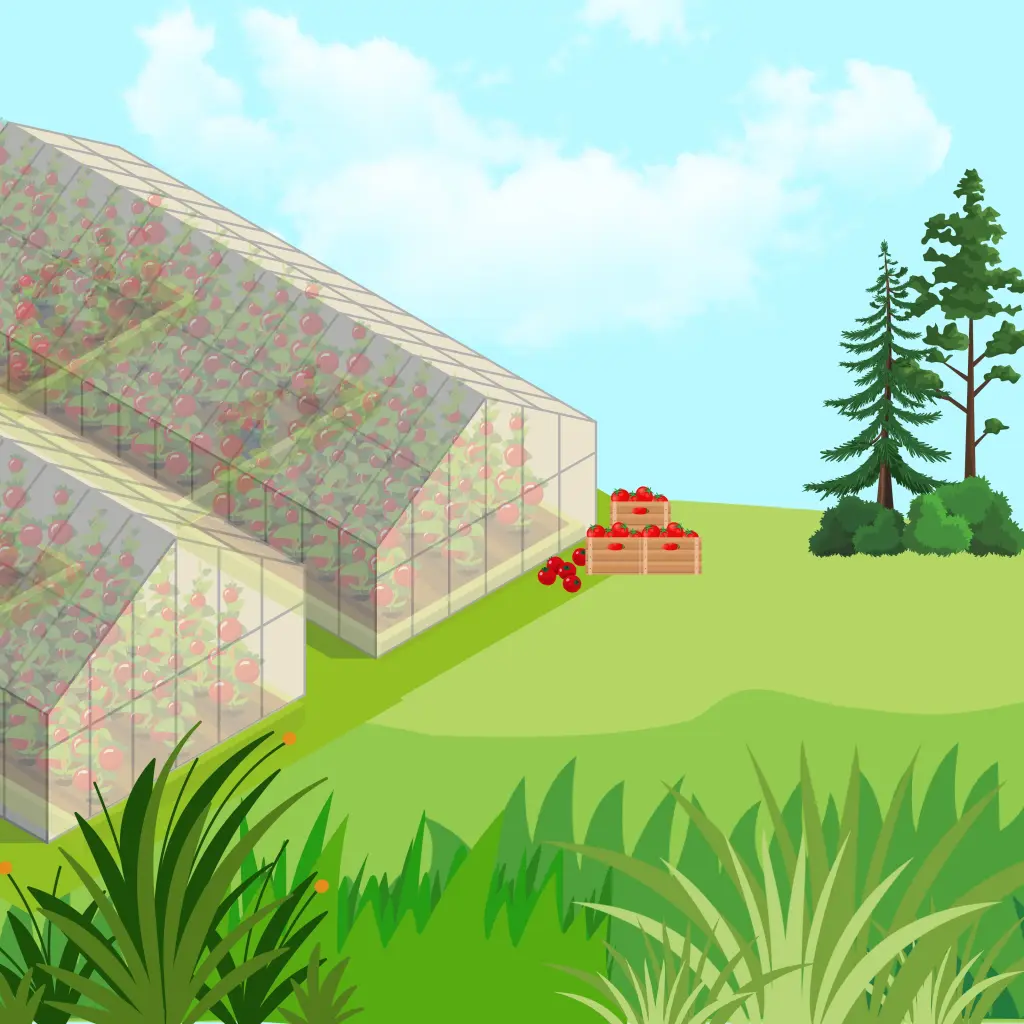
Case: FISH
There is much more to eat in fish than fillets on dinner plates. In addition, when catching fish, you usually catch fish that you don’t eat – for example, because it is undersized or breaks down in the fishery.
We are exploring how to turn the non-edible parts of fish into marketable products. We find new uses for fish scales, skin, tops, fins, viscera, and other parts that are usually left over in the gutted fish.

Non-edible parts of fish can be turned into valuable products. Animals and plants can also make use of the nutrients in fish. Source: KristinaEco
Non-fish fillet pieces still contain valuable nutrients and energy that can be used well.
In addition to fish meat, other products are also needed to prepare food. Scales can be utilised to make tasteless and odourless gelatine, which can replace gelatine made from beef and pork.
The food industry is also constantly looking for new sources of protein. Promising results have already been obtained on the suitability of fish skin and heads for protein production.
One potential new product is fish oil from non-edible parts, particularly the EPA and DHA fatty acids in the oil. These fatty acids are essential for human nutrition and constitute a significant group of food supplements.
Surplus fish can also be utilised to make biogas. In this case, the surplus fish is composted to produce gas by anaerobic digestion. This methane-rich gas can replace the current use of natural gas. At the same time, these compost plants produce soil suitable for cultivation.
At present, the waste from fish is mainly used for fur animals or biodiesel production. Neither of these methods provides an income stream for the entrepreneur, and mink farming is declining. In addition, valuable fractions remain unutilised.
In our project, fish farmers, researchers and industry work together to create new business. We have identified business opportunities with fish farmers. Researchers have developed product ideas used to design business with companies. Products and business opportunities are developed and tested in everyday situations.
Explore other case examples:

Case: WOOD
A huge amount of unutilised wood material is left in forests and sawmills, often ending up as fuel – but could it become something much more valuable?
In the KristinaEco project, researchers, forest machine entrepreneurs and industry are working together to develop new ways to refine forest residues, sawdust and branches into products such as biochar, raw materials for cosmetics and bio-based plastics. In this way, side streams from forests can become profitable and sustainable business.

Case: POTATO
Usually, only the part of the potato that ends up on the dinner plate is used, even though a large amount of valuable components go to waste – broken potatoes, peels and other surplus are often composted or used as animal feed.
In the KristinaEco project, researchers, farmers and industry are working together to find more profitable ways to refine these side streams into biogas, biochemicals and soil improvers. This way, even unmarketable potatoes can generate profitable business.

Case: GREENHOUSE VEGETABLES
In greenhouse vegetable production, a large part of the plant mass – such as stems, leaves and turnips – goes unutilised, even though they contain many valuable substances.
In the KristinaEco project, researchers, growers and industry are working together to develop solutions to refine these plant side streams into biogas, biochemicals and soil improvers. The goal is to turn surplus biomass from a burden into profitable business.
More information:


